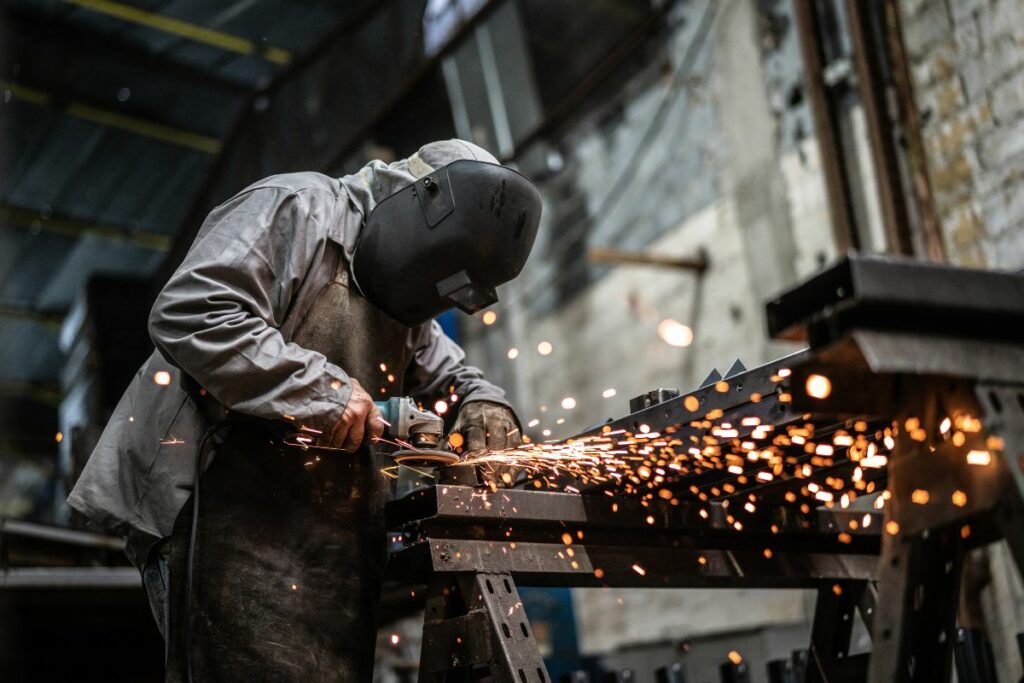
While many companies have implemented remote and hybrid setups to adapt to the ever-changing economy and COVID-19 restrictions, the welding industry faced incomparable struggles as their work mainly needs to be on-site. At the beginning of the pandemic, there was a notable decrease in consumer demand because people were not thinking about buying cars, and construction projects had largely been halted.
Here’s how the pandemic affected the overall state of the welding industry:
Since the pandemic forced many people to work from home, many welders shifted careers. Due to COVID-19 restrictions, the workforce shortage resulted in a halt in construction. According to the American Welding Society, there will be a shortage of around 400,000 welders by 2024–simply an indication of the long-term effects of the global pandemic.
Despite the rampant workforce shortage, there has been a 2% increase in demand for welders and other related jobs from 2021 to 2023, based on the U.S. Bureau of Labor Statistics. This means that the welding industry will continue to prosper and adapt to tech improvements.
The post-COVID impact on the welding industry is seen in the gradual decrease in their workforce. While the majority of experienced welders are nearing their retirement age, younger workers nowadays prefer pursuing white-collar jobs rather than training in metal fabrication, as they perceive welding as dirty and dangerous.
Industries focusing on manufacturing and construction must constantly upskill and reskill their workers to ensure safety and accuracy. But rather than overcoming their workers’ skills gaps, welding companies were forced to pause training during the pandemic. Students had to adapt to online learning to familiarize themselves with the fundamentals of welding remotely.
One way to combat the workforce shortage is through machine automation. Unlike traditional welding techniques, automated metal fabrication processes allow welders to use robots to speed up their workload.
Collaborative robots (cobots), for instance, can replace humans in performing repetitive welds. Automated welding systems can improve weld quality, increase output, and decrease labor costs. These enable more precision and consistency while saving time and resources. It also makes for safer working conditions as workers are kept away from hazards such as the arc flash and weld’s heat.
In previous years, metal fabrication techniques had continued to grow and develop. Many experienced welders have seen the pandemic as a great opportunity to advance their techniques.
From conceptualizing 3D models to laser welding, the industry has changed as welders continue to innovate their processes. Virtual Reality (VR) technology applications are now used to create real-time welding simulations. This way, job scenarios are replicated in a virtual setting, teaching and testing students in a safe yet effective manner.
Beyond technological advancements, welding companies are now investing in occupational safety. Manufacturers are taking the initiative to develop products that reduce the risks of absorbing toxic welding fumes.
With increased capacity and shorter time cycles, modern welding processes have become much more efficient. But generally, investments in occupational safety also prevent on-site accidents and provide a more conducive working environment for welders operating these tools.
At the onset of the pandemic, companies started to see the importance of sustainability in digital transformation. For instance, automotive companies now use high-strength steel that lasts longer and requires low fuel consumption.
With digital data management and inverter technology, welding processes have become more practical regarding equipment usage and productivity. Sustainable manufacturing yields equitable growth and supply chain transparency.
As the pandemic significantly changed how we work, it also paved the way for tech advances to foster and boost productivity in the workplace. And if there’s one thing COVID has taught today’s modern welders, it is the ability to adapt in the face of adversity. With the pandemic having caused such a shortage of professional welders, there is no better time to upskill, train, and apply for a welding career than now.